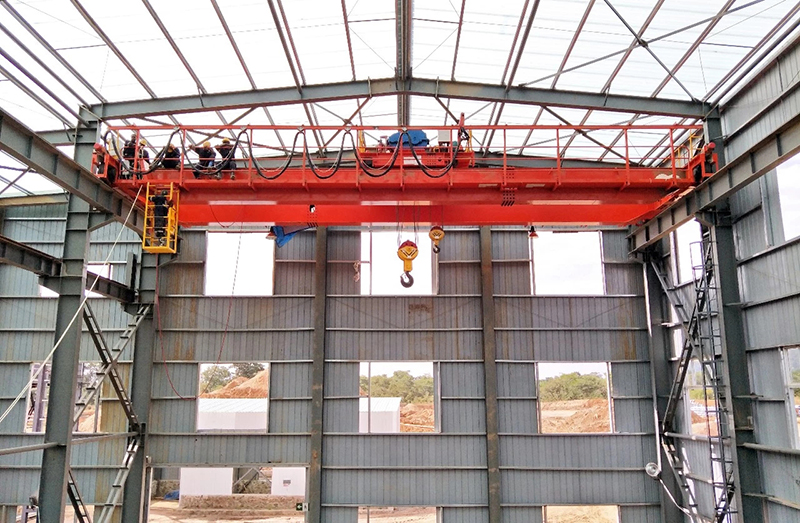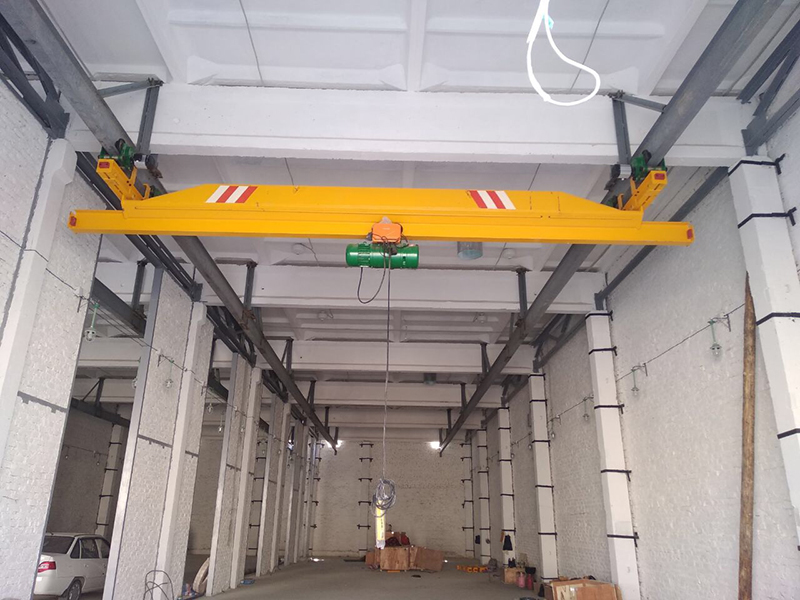The bridge crane, also known as overhead cranes, is typically found and used in industrial sectors. The two subtypes of these overhead cranes include the jib and the gantry cranes.
Here is a list of the bridge crane types and what they are used for:

Top Running Bridge Cranes
The top-running bridge crane(venta de gruas viajeras) is designed for facilities or environments that have low headroom. These systems travel above a runway which allows for added space between the ground and the hook. There is also a rail installed over the runway beam for wheels to slide on.
Manual Overhead Bridge Crane
The hand chain or push/pull bridge cranes happen to be the more cost-effective solution when it comes to the available options of bridge cranes. This style of bridge crane has a maximum capacity of 5 tons since manpower is required to move or lift the load.
Underhung Bridge Cranes
These cranes are typically much lighter when compared to the top running systems. These cranes are usually used for applications under 20 tons. These systems are either interlocked together or mounted from a ceiling. Since the bridge on these cranes runs under a railway line(puente grua suspendido), more than one system can run side-by-side and they won’t interfere with each other.
Top Running Double Girder Bridge Crane
The overhead double-girder bridge crane is usually constructed with welded steel plates or W flange beams (structural steel beams). These are typically large-capacity cranes that usually have 1 or 2 hoists on them.

Gantry Crane
This is one of the variants of the overhead crane. The most important difference between gantry and bridge cranes is that gantry cranes(gruas porticos) are normally built on tracks and supported by a-frame steel legs. Gantry cranes are usually used at shipping ports and docks to lift cargo off a ship.
Jib Crane
Another version of an overhead or bridge crane, these are cranes that are permanently installed and mainly used for the same or repetitive types of tasks. The arm, or jib, is mounted on a floor-mounted pillar or wall and uses a type of moveable hoist.
Also known as an overhead crane, a workstation crane, or a factory crane, the bridge cranes are pieces of machinery allowing you to transport, lower, and lift heavy materials in a horizontal direction through an overhead space. This improves employee safety while reducing the overall workload on a workforce.
These crane types are typically used in an industrial environment where they are mainly used for maintenance or manufacturing applications. These applications typically include unloading, loading, storage, and more. The bridge cranes are also used for these same activities or purposes in outdoor railway yards or at shipping ports. Due to the capacity of this equipment, it often enhances material handling processes.
Carbon steel is usually the main substance used to manufacture bridge cranes used for the structures that don’t require a very high strength. HSLA (high-strength, low alloy) steels are used to manufacture cranes that are used in an environment where higher strengths are required: https://aicrane.com.mx/.